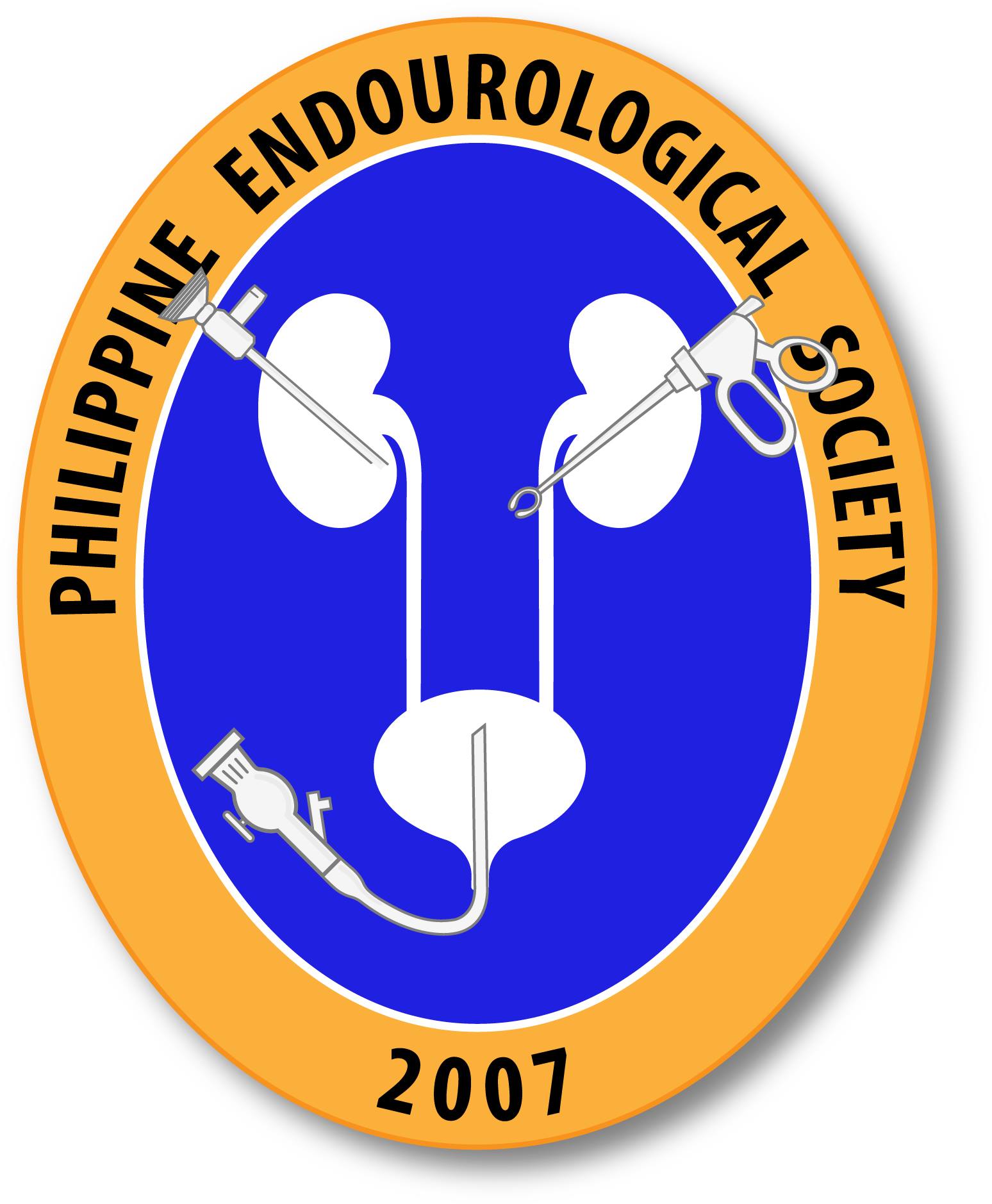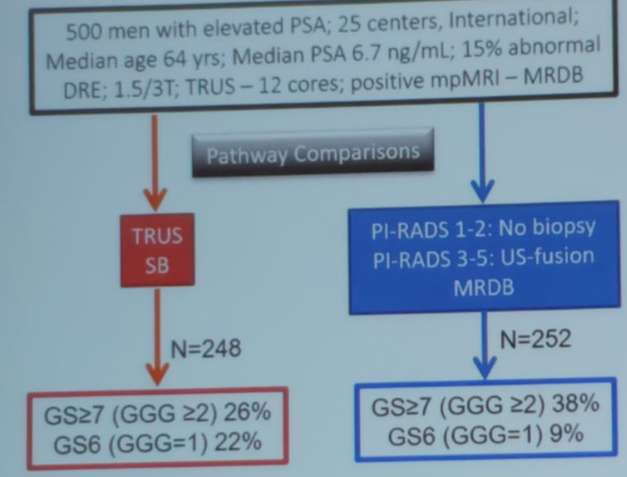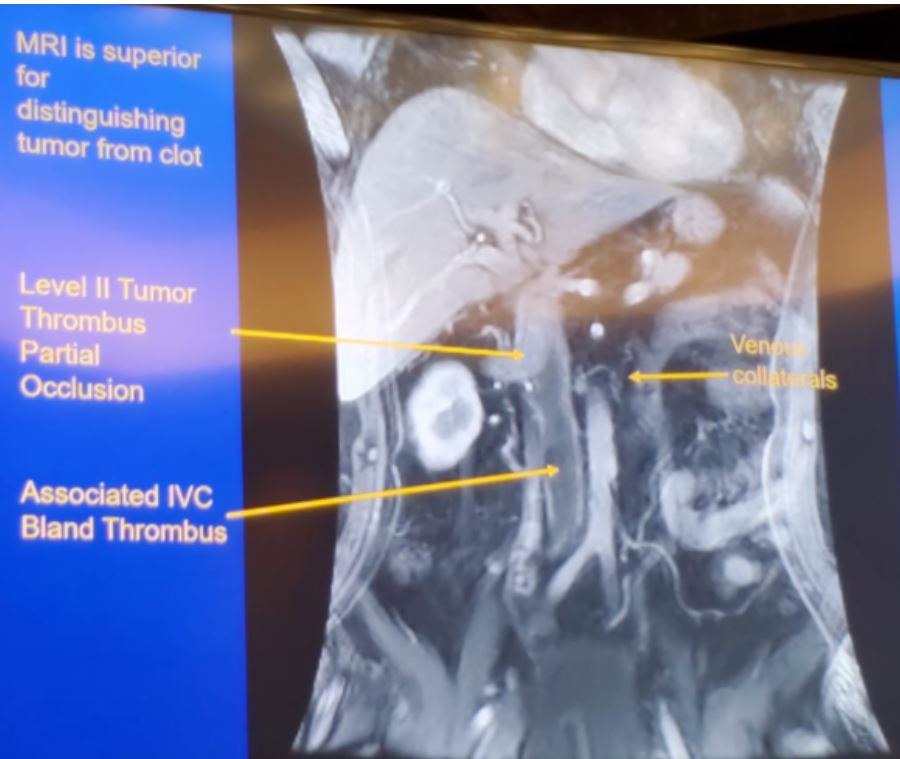Diagnostic utility of penile ultrasound in Peyronie’s disease.
To review the literature regarding the use of penile ultrasound in the evaluation and management of Peyronie’s disease. A literature review was performed using PubMed from 1980 to 2018 using the keywords: Peyronie’s disease, ultrasound, sonography, calcification, penile fracture, and penile hematoma. Articles were reviewed for study size, image protocols, and findings. In addition, we […]


